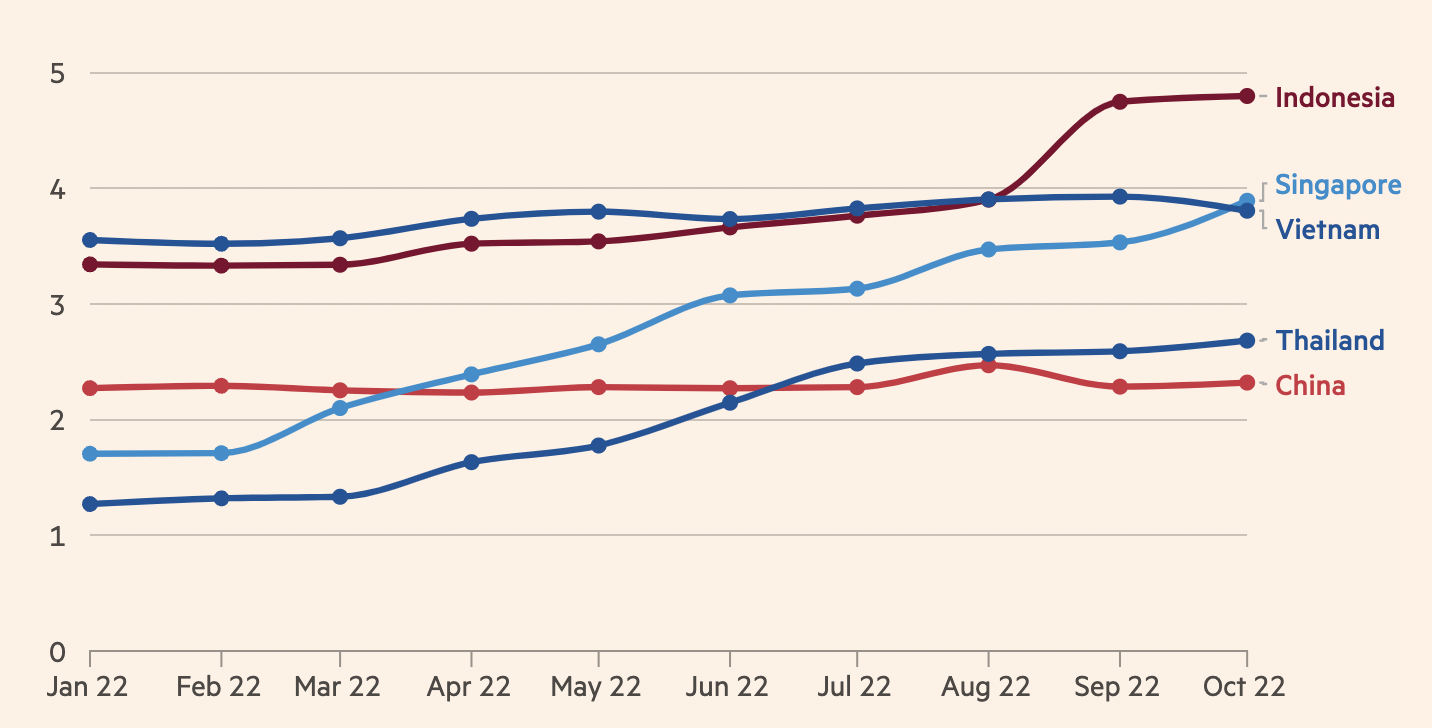
Navigating Economic Waters: The Crucial Role of Inflation Rate Stability
In the dynamic landscape of economic policymaking, achieving and maintaining inflation rate stability is a paramount objective. This article delves into the multifaceted aspects of sustaining economic balance through the stability of inflation rates, exploring its implications and strategies.
The Significance of Inflation Rate Stability
Inflation rate stability is a cornerstone of a healthy and well-functioning economy. It involves keeping the rate of inflation within a targeted range, striking a balance that avoids both the harmful effects of high inflation, such as eroding purchasing power, and the challenges posed by deflation, which can stifle economic growth. The significance lies in creating an environment conducive to long-term economic stability.
Central Bank Policies and Inflation Targets
Central banks play a pivotal role in achieving inflation rate stability through the formulation and implementation of monetary policies. Setting explicit inflation targets, central banks aim to guide economic expectations and influence the behavior of consumers and businesses. The communication of clear objectives fosters confidence in the stability of prices.
The Trade-Off: Economic Growth vs. Inflation
A delicate trade-off exists between economic growth and inflation rate stability. While a certain level of inflation is considered normal for a growing economy, excessively high or low inflation rates can have detrimental effects. Striking the right balance ensures that the economy experiences sustainable growth without sacrificing the stability of prices.
Consumer Confidence and Spending Patterns
Inflation rate stability plays a crucial role in shaping consumer confidence and spending patterns. When consumers have confidence that prices will remain relatively stable, they are more likely to make long-term financial commitments, such as buying homes or making significant investments. This, in turn, contributes to a robust and growing economy.
Business Planning and Investment Decisions
For businesses, a stable inflation rate provides a predictable economic environment for planning and decision-making. Stable prices allow businesses to set realistic expectations for costs and revenues, facilitating strategic planning and investment decisions. This stability encourages businesses to expand and innovate, contributing to overall economic prosperity.
Global Implications of Inflation Rate Stability
In an interconnected global economy, the stability of inflation rates in one country can have ripple effects worldwide. Economic imbalances caused by erratic inflation rates can lead to currency fluctuations, trade disruptions, and financial market volatility. International collaboration is crucial for maintaining stability on a global scale.
Managing External Shocks and Unforeseen Events
While striving for inflation rate stability, economies must be prepared to manage external shocks and unforeseen events. Natural disasters, geopolitical tensions, or pandemics can disrupt economic stability. Building resilience and having adaptive policies in place are essential for mitigating the impact of such events on inflation rates.
The Role of Fiscal Policies in Stability
In addition to monetary policies, fiscal policies also contribute to inflation rate stability. Government spending, taxation, and overall budgetary management influence the overall demand and supply dynamics in the economy. Coordinated efforts between fiscal and monetary authorities are essential for achieving comprehensive stability.
In-Depth Exploration of Inflation Rate Stability
For a deeper understanding of the current trends in achieving inflation rate stability and expert insights, explore Inflation Rate Stability. This resource provides valuable information to help individuals, businesses, and policymakers stay informed and make decisions aligned with the current economic climate.
Sustaining a Balanced Economic Future
In conclusion, sustaining economic balance through inflation rate stability is a continuous effort that requires collaboration between policymakers, businesses, and consumers. By carefully navigating the trade-offs, managing external shocks, and fostering global cooperation, economies can achieve and maintain stability, laying the foundation for sustained growth and prosperity.



